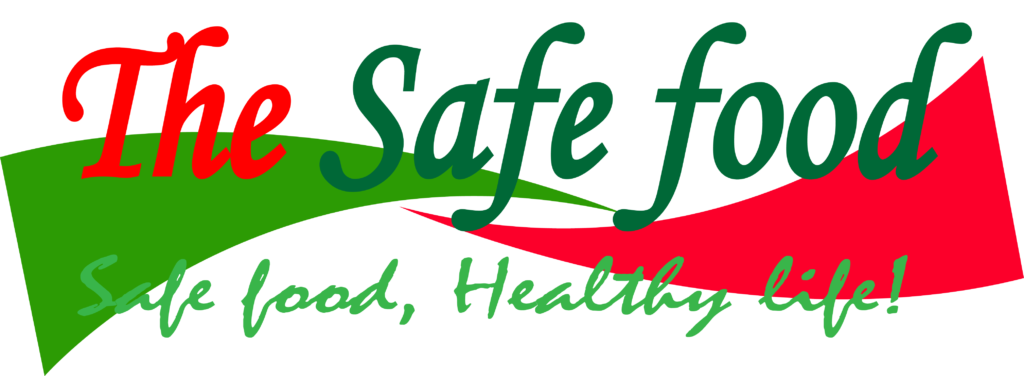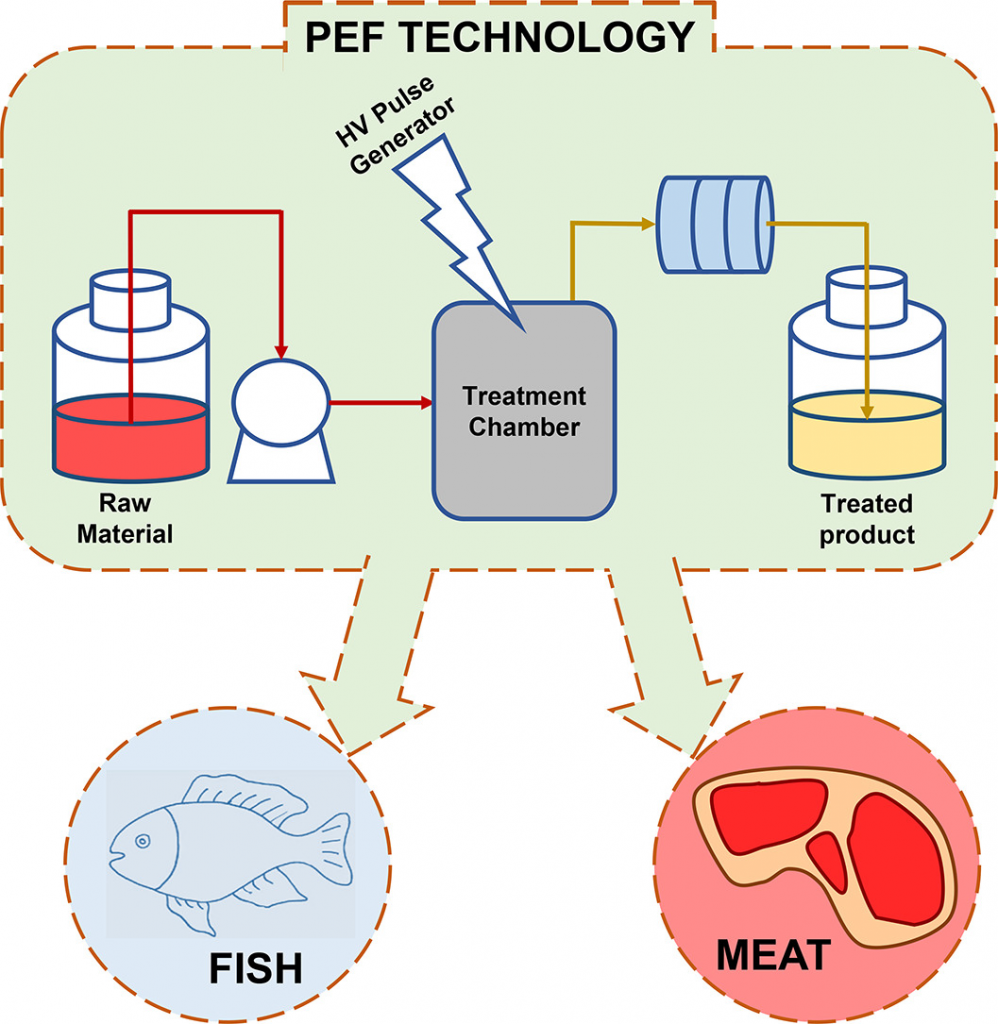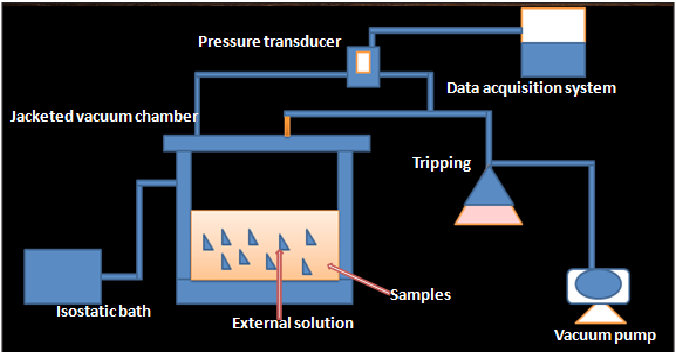Novel food processing technologies encompass a range of innovative methods and techniques used to transform raw materials into safe, nutritious, and appealing food products. These technologies aim to improve efficiency, enhance product quality, extend shelf life, and address various consumer demands.
Examples of novel food processing technologies include high-pressure processing (HPP), pulsed electric fields (PEF), ultrasound, cold plasma, nanotechnology, and microwave processing. These advanced methods offer potential benefits such as reduced processing time, improved preservation of nutrients, enhanced food safety, and the ability to create unique textures and flavors.
Food safety knowledge is for all!

Every consumer deserves to have high quality and safe food. …Read more!

However, the adoption and commercialization of novel food processing technologies also come with challenges related to regulatory approval, cost-effectiveness, scalability, and consumer acceptance. The ongoing development and application of these technologies hold promise for shaping the future of food processing, offering opportunities for innovation, sustainability, and improved food experiences.
Here are a few novel food processing technologies that are revolutionizing food processing:
- High pressure processing (HPP) – uses high pressure to extend the shelf life of food and reduce the need for preservatives.

- Pulsed electric field (PEF) processing – uses electric fields to disrupt the cells of microorganisms and prolong the shelf life of food.

- Ultrasound-assisted processing – uses high-frequency sound waves to improve the efficiency of traditional food processing methods, such as homogenization and emulsification.

- Ohmic heating – uses electric current to heat food, which can reduce cooking times and improve the texture of certain foods.

- Vacuum impregnation – is a technique used to introduce flavors, marinades, and other liquid ingredients into food. Vacuum impregnation is a non-destructive method of introducing a solution with a specific composition to the porous matrices of fruit and vegetables.

- Modified Atmosphere Packaging (MAP) – uses a combination of gases such as nitrogen, carbon dioxide, and oxygen to extend the shelf life of food.

- Fermentation – This is a very old technology that is continually being improved. It is the process in which microorganisms such as bacteria and yeast are used to convert sugars and starches in food into alcohol or acids, this can be used to produce a wide range of fermented foods and beverages such as yogurt, cheese, bread, beer, kimchi and many more. The range of fermented products as well as fermenting microorganisms is endless.

Nonetheless, this is not an exhaustive list and there are many other types of novel food processing technologies that are being developed and used today. Read more about some traditionally fermented foods!
Our Blog ↗
Read the latest from our blog
Ask a Question ↗
Ask a question and get answers from our community
Give Feedback ↗
We value your feedback.

